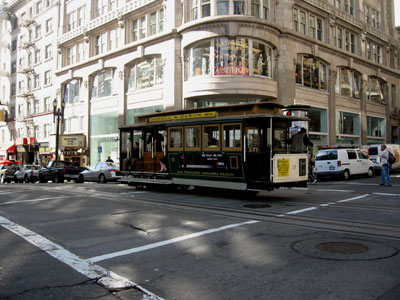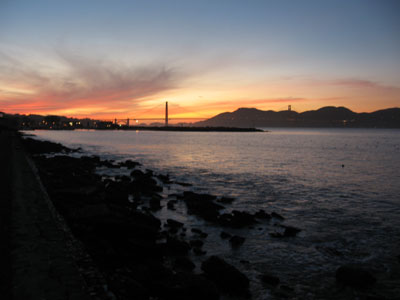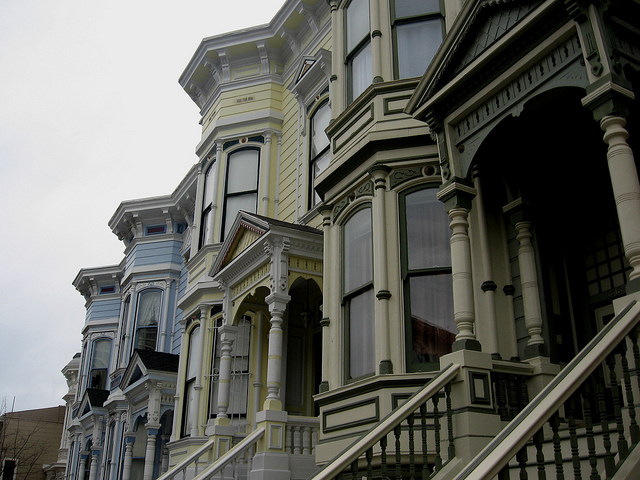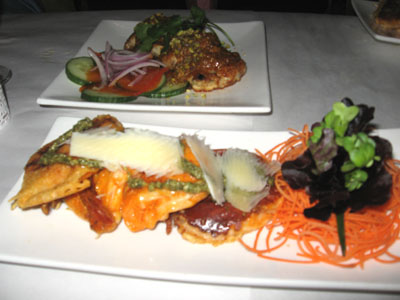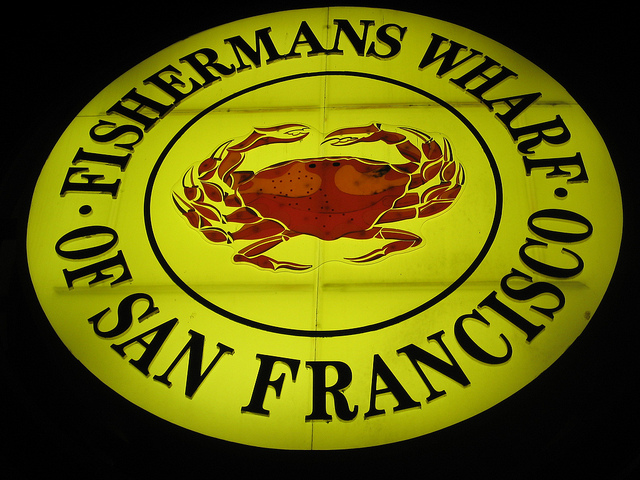Starting my walk, I stopped in a room that displays posters and information about the 1969 to 1971 Native American Occupation of Alcatraz. I then snapped photos all along my walk to the famous Cell Blocks and caught some gorgeous views across the bay. I admit I was morbidly fascinated by the run-down morgue that held deceased prisoners from 1933 to 1963, the year the prison was finally closed. The focal point of any trip to Alcatraz is a visit of the four cellblocks that housed 390 cells, all designed for single prisoners, which actually provided better conditions than many other penitentiaries of the time.

What a typical cell would have looked like
After getting equipped with headsets and a recorder, I followed the excellent narration of the audio tour that featured the voices of real former prison guards and former inmates. Alcatraz is a truly fascinating destination, and the stories of its famous inmates (Al Capone, Robert Stroud — the Birdman of Alcatraz, George “Machine Gun” Kelly and many others) make your hair stand on end. The audio tour provided a fabulous self-guided experience where you could stop and linger at any of the destinations to look at them up close. I stopped frequently and snapped hundreds of pictures of this unique place.

View eastwards across the bay
The tour features many noteworthy stops, including the large dining room and kitchen, the intake-area where new inmates got changed from their street clothing into prison garb, the prison library and the main cellblocks with their tiny cells, all equipped with a metal bunk, a small wash basin and toilet bowl. The corridor separating cellblocks B and C is named Broadway; another corridor is called Michigan Avenue, and the area in front of the dining room was referred to as Times Square. Several of the cells were furnished to show what they would have looked like when the prison was still in operation. The location of the famous 1942 Battle of Alcatraz and the cells where several prison guards were killed was signposted.

The lighthouse on Alcatraz Island
The cells housing Frank Morris and brothers John and Clarence Anglin, location of the most famous escape attempt in Alcatraz’ history, were also furnished to provide an authentic demonstration of the escape. The cells showcased the papier-maché dummies that these inmates used to disguise their disappearance. I could also see the small tunnels, hand-carved with metal spoons, which successfully took the prisoners into an unguarded utility tunnel and from there off the island. The three prisoners or their bodies were never found, and to this day there are diverging theories that presume that the escaped inmates either drowned or made their way all across to Latin America. An episode of the Discovery Channel’s “MythBusters” TV series proved that the escape could have indeed succeeded.

The ruins make for dramatic shots
I also examined the Control Room and the visitation area as well as the outside space at the southern end of the cell block building which features a lighthouse and the ruins of the former Warden’s House which burned down in 1970. The stark outline of these ruins against the bright blue sky created an eerie yet beautiful impression. After checking out the many souvenirs in the gift shop I made my way back down to the ferry dock, past another set of ruined buildings which include the recreation hall and the Coast Guard quarter. There is a real mystique to this place, and the lingering spirit of history is palpable.

Heading back with Alcatraz Cruises from Alcatraz Island
Just before 2 pm we caught another ferry back to the mainland, because we needed to squeeze in one final adventure into our packed San Francisco schedule: we were going to spend our last few hours in this city on another bike ride. This time our destination was Golden Gate Park.
